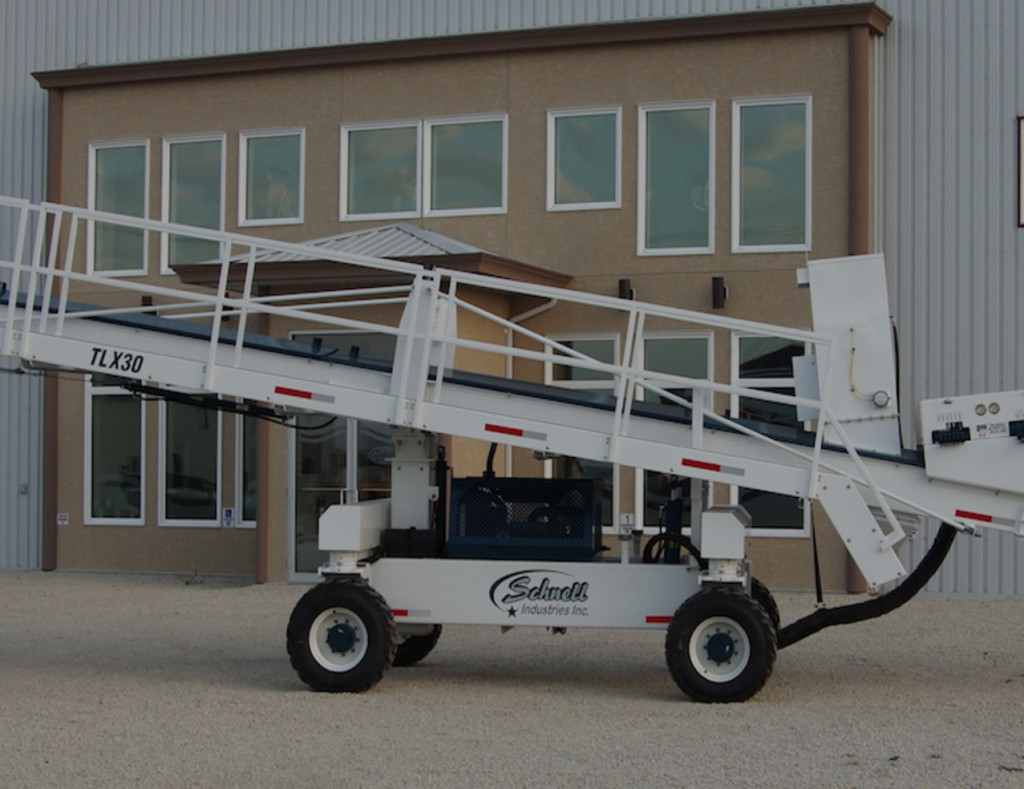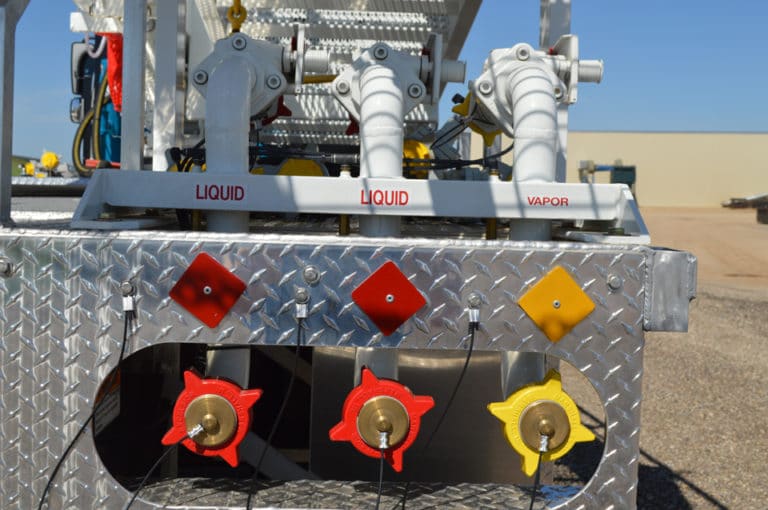

You can take one train from Point A to Point B. Thats still a point of focus, and that service is still good. Those intermodal trains are treated by the railroads like unit trains, said Gene Loiselle, a WSI sales manager. The sheer amount of product that can fit into one railcar is three to four times that which can fit in a truck trailer, and the railcar in question uses four times less fuel than a big rig.įor instance, if a customer is shipping from Chicago to the Inland Empire east of Los Angeles on either a Thursday or Friday, an intermodal train will get there in time for Monday off-loading onto a local delivery or drayage truck. Intermodal options can be cost-competitive with trucking-only transport options, especially on certain days of the week. Intermodal shipping is often the most cost-effective and efficient method of transport, combining the speed of trucks with the fuel-saving economy of rail. Shippers frequently need both a truck and a train to get bulk products to market. Simply put, rail and trucking do not exist in their respective vacuums. During that same time period, according to the ATA, rail intermodal tonnage will grow 5.5 percent annually through 2019 and 5.1 percent a year through 2025. However, truckload carriers will make greater use of intermodal rail for intermediate- and long-distance hauls. is short 50,000 truckers as December 2017, truckload volumes rose 8.8 percent in January 2017 compared to January 2016, according to a report from the ATA.Īccording to the ATA, truckload volume will grow 3.5 percent a year through 2019, then 1.2 percent annually from 2020 to 2025. However, despite the American Trucking Associations (ATA) estimate that the U.S.

TRANSLOADER FOR SALE DRIVER
The trucking industry continues to face ongoing difficulties to mitigate high driver turnover: federal hours of service rules, the high average age of the American truck driver, and low wages for long hours. STATE OF INTERMODALĢ018 looks to be a strong year for intermodal. This kind of unit-level detail offers customers peace of mind that their products are being tracked with just as much, if not more, accuracy than they would be on a smaller truck trailer. For example, our WMS provides our customers visibility of five individual SKUs of shingles, or exact details of lumber sizes in each railcar. Our sophisticated inventory systems, including a railcar-friendly Warehouse Management System (WMS), allow our customers visibility down to the unit level, similar to truckload and less-than- truckload shipments. WSI works with its customers to provide low-cost solutions, whether rail or truck, to get their product to wherever it is needed, at a low cost. WSI, one of North Americas largest privately owned 3PLs with rail-served facilities encompassing over 15 million square feet, transloads a wide variety of products: While oil industry freight expenditures have dried up, it is possible that decisions made by the current administration could renew activity. railroads have been over $110 billion the past four years. COST OF CONGESTION PER MILE OF INTERSTATE BY METRO AREAĪccording to the Association of American Railroads 2018 report, capital expenditures by U.S. Similarly, railroads continue to invest significant resources in their own infrastructure to balance the underinvestment by the government in our nations highways. In spite of the potential highway infrastructure investment ahead, rail will continue to compete with truck lines in many freight categories. It might be more reliable and convenient to have inventory near a customer base at the transload site for local delivery as needed.Due to changing customer demands, like instant product distribution, a low tolerance for damage and the need for largely varied inventory in single railcars, 3PL-coordinated rail shipping is more attractive than ever.

TRANSLOADER FOR SALE FULL
Truckload quantities: When customers don’t require a full railcar quantity, but you can consolidate several customers to take advantage of railcar quantities.Railroad optionality: Access to another railroad’s route network or rail equipment.More shipping capacity: A shipper’s rail spur has insufficient loading/unloading capacity.

Other scenarios where a transload can be useful include: The most common use is when a shipper or receiver has no rail spur on site or lacks proper facilities/equipment to handle freight to/from a railcar.


 0 kommentar(er)
0 kommentar(er)
